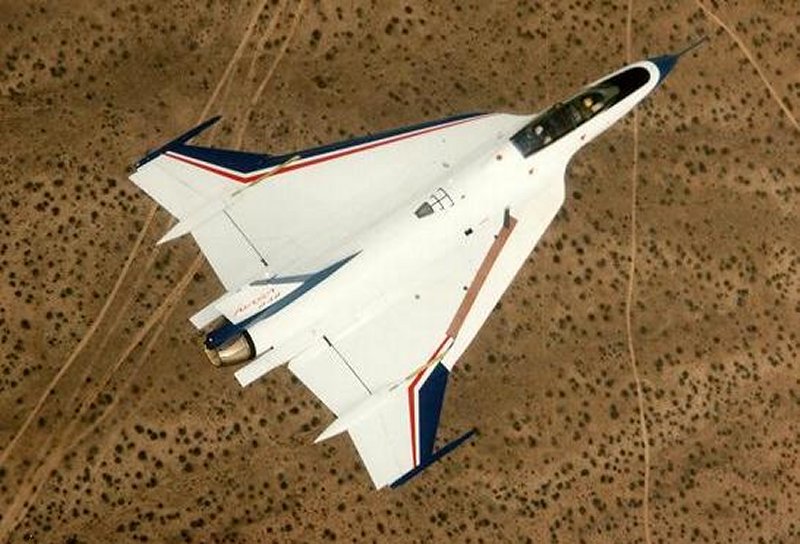Decklander
New Member
- Joined
- Nov 19, 2012
- Messages
- 2,654
- Likes
- 4,111
@ersakthivel, I waited for you to answer my questions and since you did not reply, so I am replying to them.
Turn radius R is given by equation, R=V^2/g Tan theta,
rate of turn is given by, ROT=g Tan theta/V
now interpolating these two equations together we find that ROT=TAS/R.
which means that ROT is directly proportional to speed and inversely proportional to radius of turn i.e
1. higher the speed and lower the radius, higher will be ROT.
2. At constant TAS, increasing the bank angle will result in decreased R and increased ROT.
3. to maintain constant ROT, increasing speed requires, increased bank angle.
4. at constant bank angle, increasing the speed, increases R and reduces ROT.
we know that when an ac turns, we need centripetal force to maintain the turn and the lift must be increased to balance out the weight & the this centripetal force. L sin theta=centripetal force=WV^2/Rg. and L cos theta=W
So we realise that for a given bank angle, there will be a corresponding G reqd, so if you increase G, you will need to increase bank to maintain level turn, and if you increase bank, you will need to increase G till you reach your structure limit.
We also know that stall is dependent on weight and increase in load factor increases this stall speed. We also know that increase in bank angle and load factor will result in increase of drag and thrust must be adequate to overcome this drag to maintain level flight and speed otherwise the ac will start decelerating when it hits its max bank angle corresponding to the max structural limit load factor.
So we the minimum R and max ROT occurs at VA speed also called Maneuvering speed and also called Air Combat Manouevering speed (ACM).
VA speed is the speed up to which you can make control deflection and take the ac to its load limits, beyond that speed, you will end up damaging the ac if you pull to the limits.
I request you to pls remember the relationship between R & ROT & G and also the meaning of ACM. I will return after sometime to complete the second part of this tutorial to tell you how it affects the combat perf of LCA.
Turn radius R is given by equation, R=V^2/g Tan theta,
rate of turn is given by, ROT=g Tan theta/V
now interpolating these two equations together we find that ROT=TAS/R.
which means that ROT is directly proportional to speed and inversely proportional to radius of turn i.e
1. higher the speed and lower the radius, higher will be ROT.
2. At constant TAS, increasing the bank angle will result in decreased R and increased ROT.
3. to maintain constant ROT, increasing speed requires, increased bank angle.
4. at constant bank angle, increasing the speed, increases R and reduces ROT.
we know that when an ac turns, we need centripetal force to maintain the turn and the lift must be increased to balance out the weight & the this centripetal force. L sin theta=centripetal force=WV^2/Rg. and L cos theta=W
So we realise that for a given bank angle, there will be a corresponding G reqd, so if you increase G, you will need to increase bank to maintain level turn, and if you increase bank, you will need to increase G till you reach your structure limit.
We also know that stall is dependent on weight and increase in load factor increases this stall speed. We also know that increase in bank angle and load factor will result in increase of drag and thrust must be adequate to overcome this drag to maintain level flight and speed otherwise the ac will start decelerating when it hits its max bank angle corresponding to the max structural limit load factor.
So we the minimum R and max ROT occurs at VA speed also called Maneuvering speed and also called Air Combat Manouevering speed (ACM).
VA speed is the speed up to which you can make control deflection and take the ac to its load limits, beyond that speed, you will end up damaging the ac if you pull to the limits.
I request you to pls remember the relationship between R & ROT & G and also the meaning of ACM. I will return after sometime to complete the second part of this tutorial to tell you how it affects the combat perf of LCA.
Last edited by a moderator:








